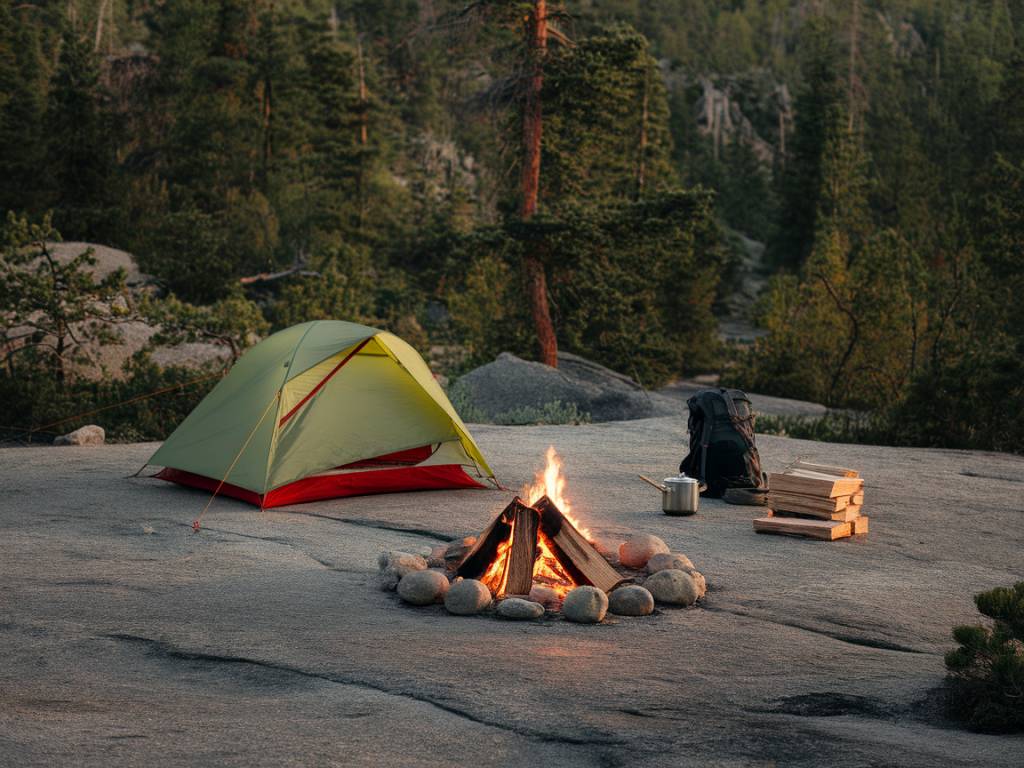
How to find safe campsites in the wilderness
Exploring the wilderness can be an exhilarating experience, filled with breathtaking landscapes, unique wildlife, and the serenity of nature. However, one of the primary concerns for any outdoor adventurer is finding a safe campsite. Proper camping not only ensures a fantastic experience but also keeps you protected from potential hazards. In this article, I will share my tips and strategies for finding safe campsites in the wilderness, drawing from personal experiences and expert advice.
Research Ahead of Time
The first step to finding a secure campsite in the wilderness starts even before you leave home. Doing some research can save you a lot of trouble later on. Begin by looking up the area you plan to explore. Websites, forums, and even social media groups often have useful information and reviews from other campers.
Consider the following:
- Topo Maps and Satellite Images: Use topographical maps and satellite images to get a sense of the terrain. Look for flat, elevated ground away from water sources and away from obvious hazards like steep cliffs.
- Official Campgrounds: If safety is a top priority, you might want to consider designated campsites, especially in popular national parks. These are usually patrolled and maintained, reducing various risks.
- Local Weather Conditions: Check the weather forecast and historical data. Some areas are prone to sudden weather changes, like flash floods or snowstorms, which could jeopardize your safety.
Arrive Early
One of the best ways to secure a safe campsite is to arrive well before sundown. This gives you ample time to scout for a good location, set up your camp, and handle any unexpected issues. Arriving early also allows you to make the most of daylight, helping you better assess the safety of your chosen spot.
Look for Natural Shelters
Nature often provides us with perfect shelters if we know where to look. Trees, hills, and rock formations can serve as excellent natural barriers against wind, rain, or potential landslides. However, it’s essential to ensure these natural features don’t become hazards themselves. For example, avoid camping directly under dead trees or overhanging rocks.
Avoid Wildlife Trails
Setting up camp on a wildlife trail or near a water source frequented by animals can be a recipe for disaster. Animals like bears, moose, and even snakes use these paths to reach their feeding grounds or water sources. Pitching a tent in their way might disturb them and put you at risk.
How to identify and avoid these trails:
- Look for Tracks and Droppings: Animal footprints or droppings are clear indicators of frequent wildlife activity.
- Check for Worn Paths: Even in densely wooded areas, you might find worn paths where animals regularly travel.
- Use Registered Campgrounds: If you’re in an area known for high wildlife activity, using designated campsites can add an extra layer of safety.
Mind the Water
While it may be tempting to set up camp right next to a stream or lake for the scenic view and easy access to water, it’s generally not a good idea. Bodies of water attract animals and are susceptible to rising levels, especially after heavy rains. Flooding is another concern that can turn a beautiful spot into a danger zone.
Instead:
- Camp at Least 200 Feet from Water: This rule of thumb helps you avoid sudden floods and also minimizes your impact on the environment.
- Find a High Ground: Elevated areas are less likely to flood and are usually safer from most hazards associated with water bodies.
Assess the Ground
The type of ground you choose to camp on can significantly affect your safety and comfort. Soft, permeable earth might seem comfortable but can become a muddy mess in the rain. Rocky or uneven ground can be difficult to set up camp on and uncomfortable to sleep on.
Ideally:
- Choose Level Ground: This makes sleeping more comfortable and prevents you from sliding around in your sleep.
- Avoid Low Spots: These can collect water and increase the likelihood of becoming muddy.
- Look for Grass or Pine Needles: These natural insulators can add a layer of comfort when sleeping on the ground.
Check for Natural Hazards
Before you set up your tent, take a good look around for any potential natural hazards that could ruin your camping experience or put you in danger.
- Fallen Trees: A dead tree or large branch hanging precariously could fall with the slightest wind. It’s best to avoid these areas entirely.
- Rockfalls: If you’re near cliffs or rocky terrain, look for signs of recent rockfalls. These areas are best avoided to prevent accidents.
- Landslides: In hilly or mountainous regions, be mindful of landslide-prone areas. Even a small landslide can have devastating consequences.
Ensure Proper Ventilation
If you’re camping in a tent, ensuring proper ventilation is crucial for both comfort and safety. Condensation inside the tent can make your sleeping arrangements damp and uncomfortable, which might lead to hypothermia in colder climates.
To improve ventilation:
- Use Mesh Windows: Open any mesh windows or vents your tent has to allow air to flow. This reduces condensation and keeps the tent cool.
- Choose Well-Ventilated Locations: Avoid completely enclosed areas. A slight breeze can make a big difference in comfort and safety.
Set Up Practical Barriers
Setting up some practical barriers can drastically improve your safety. These don’t have to be complex structures; simple measures can go a long way.
- Bear Hang: If you’re in bear country, hanging your food and scented items far from your camp ensures you won’t attract unwanted visitors.
- Fire Circle: Creating a fire ring with rocks can prevent the spread of a campfire, increasing your safety especially in windy conditions.
- Windbreaks: Use natural features like boulders or artificial barriers like tarps to shield your campsite from strong winds.
Have an Emergency Plan
Even with all precautions, things can still go wrong. It’s essential to have an emergency plan in place, known to everyone in your camping group.
- First Aid Kit: Always carry a first aid kit and know how to use it. Familiarize yourself with common injuries and treatments.
- Emergency Contacts: Make sure you have a way to contact local rescue services. A satellite phone can be a lifesaver in areas with no cell coverage.
- Exit Plan: Discuss and practice exit routes. Know the quickest and safest way to return to civilization.
Camping in the wilderness offers an unparalleled connection to nature, but safety should always be the priority. By taking the time to research, plan, and execute these measures, you can ensure a camping experience that is both enjoyable and secure. Happy camping!

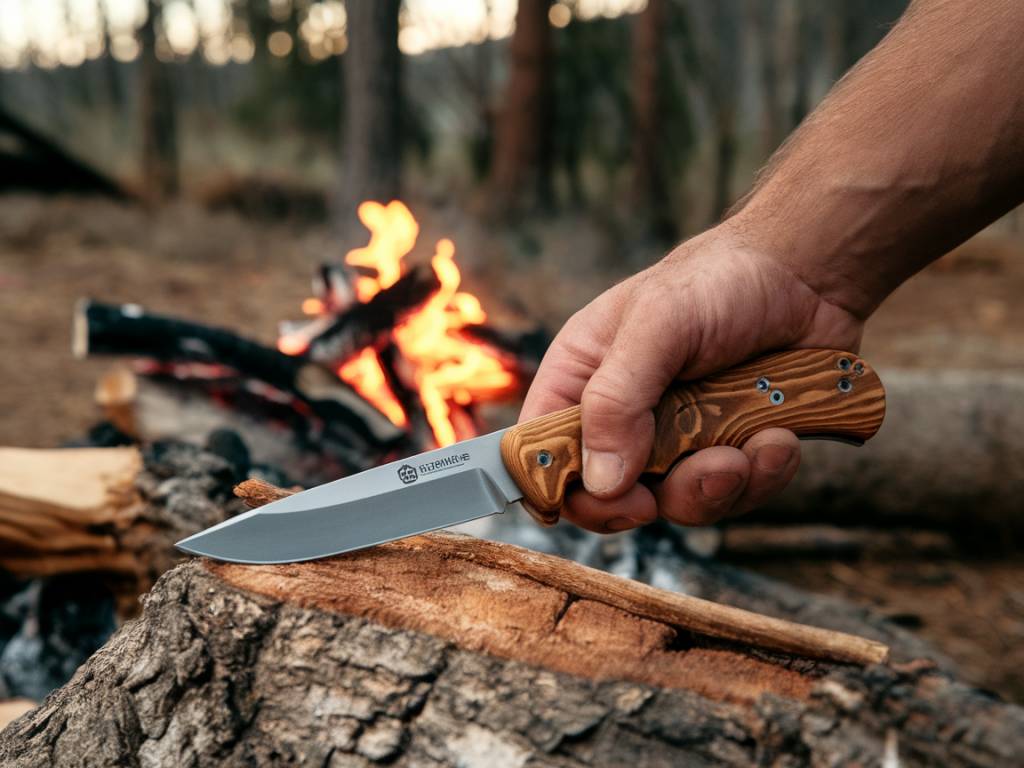 Best survival knives for outdoor adventures
Best survival knives for outdoor adventures 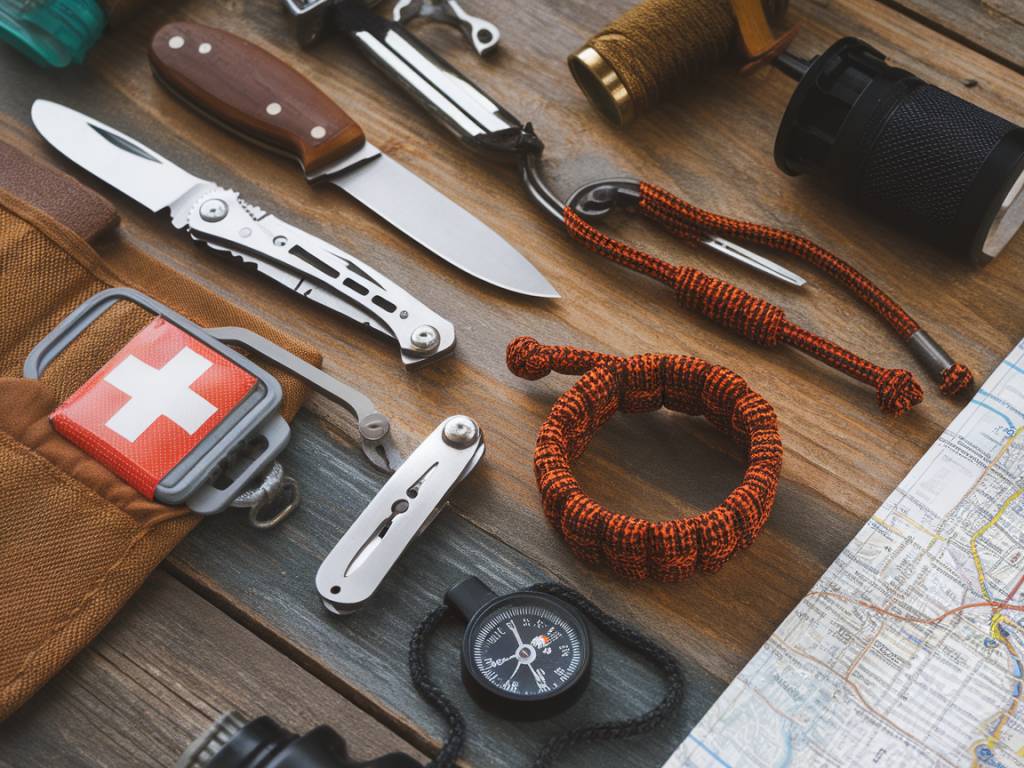 10 must-have survival tools for any adventure
10 must-have survival tools for any adventure  Wild foraging: identifying edible plants in the wilderness
Wild foraging: identifying edible plants in the wilderness 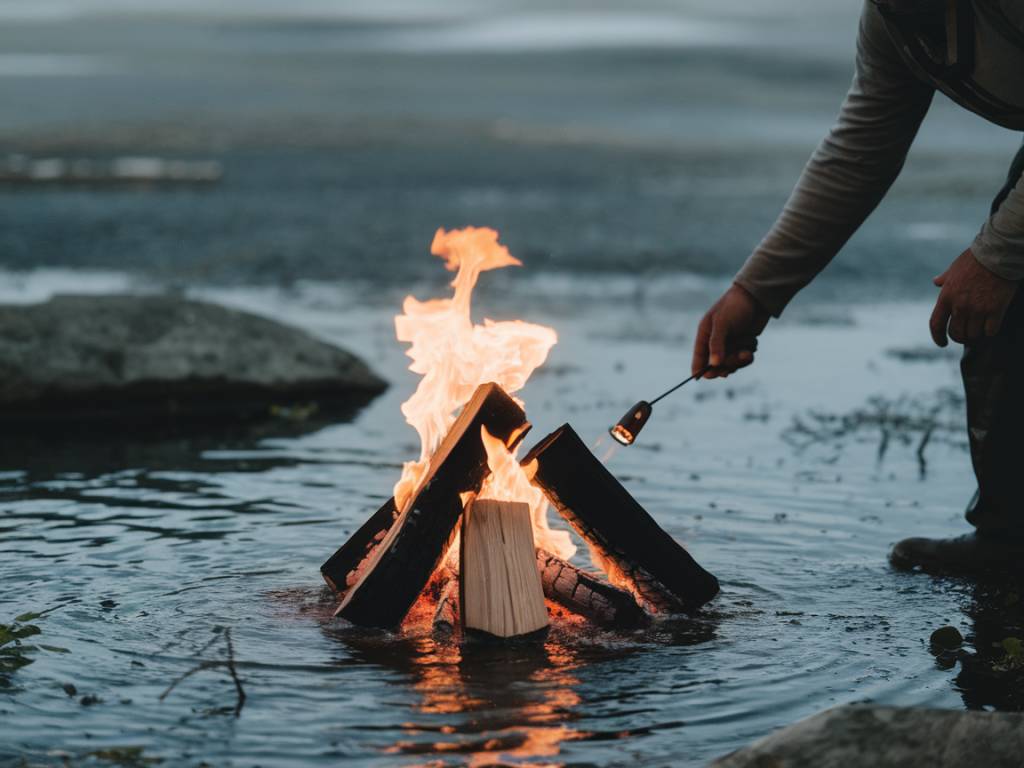 How to make a fire in any weather conditions
How to make a fire in any weather conditions 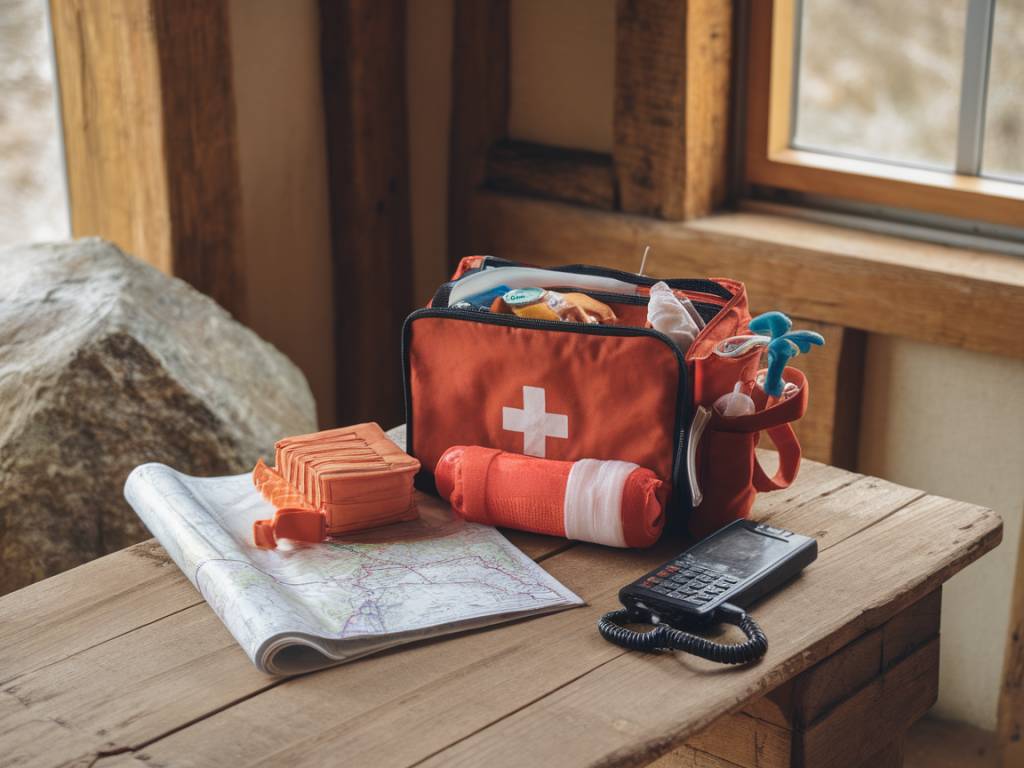 How to handle emergencies in remote locations
How to handle emergencies in remote locations 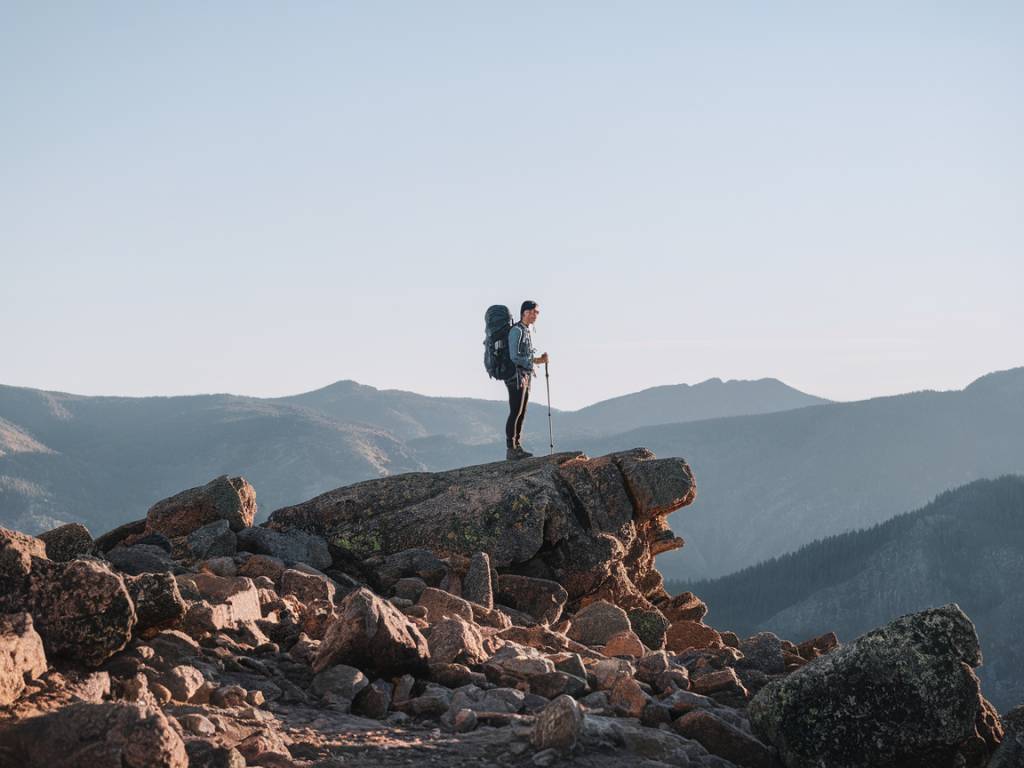 How to stay safe while solo hiking in remote areas
How to stay safe while solo hiking in remote areas 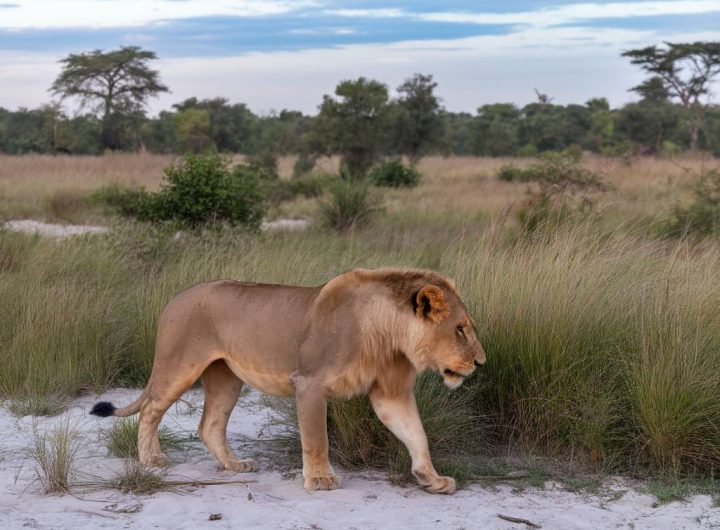 Best African safari destinations: top 5 experiences in Africa
Best African safari destinations: top 5 experiences in Africa 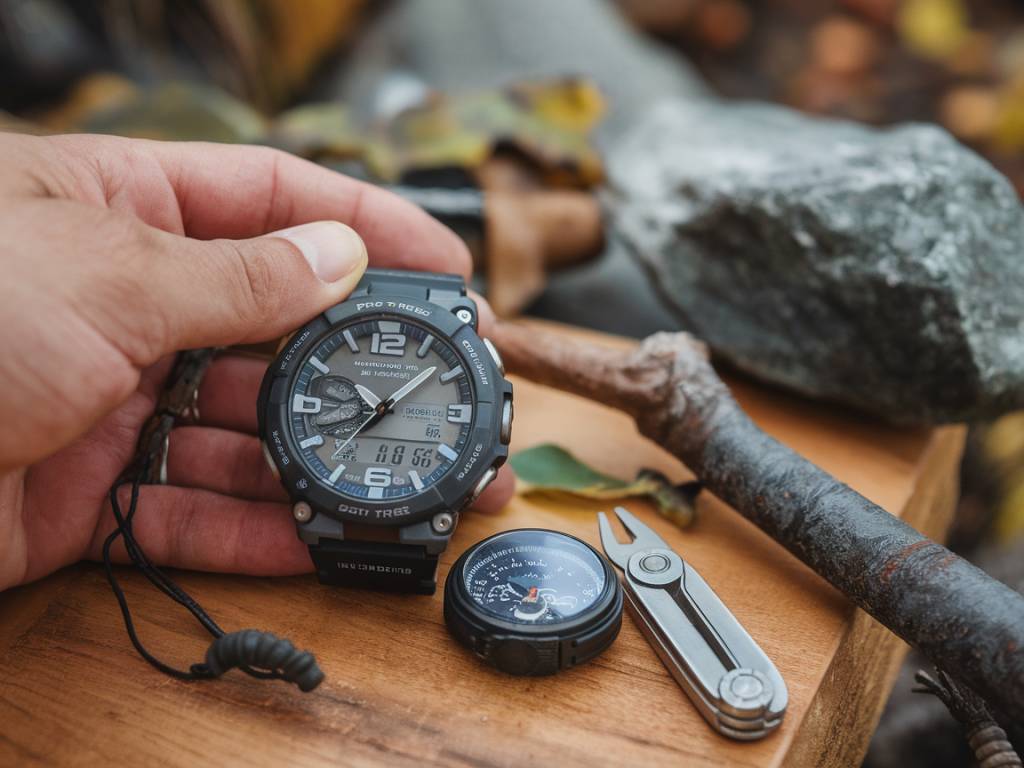 Top 5 adventure watches with gps and survival features
Top 5 adventure watches with gps and survival features 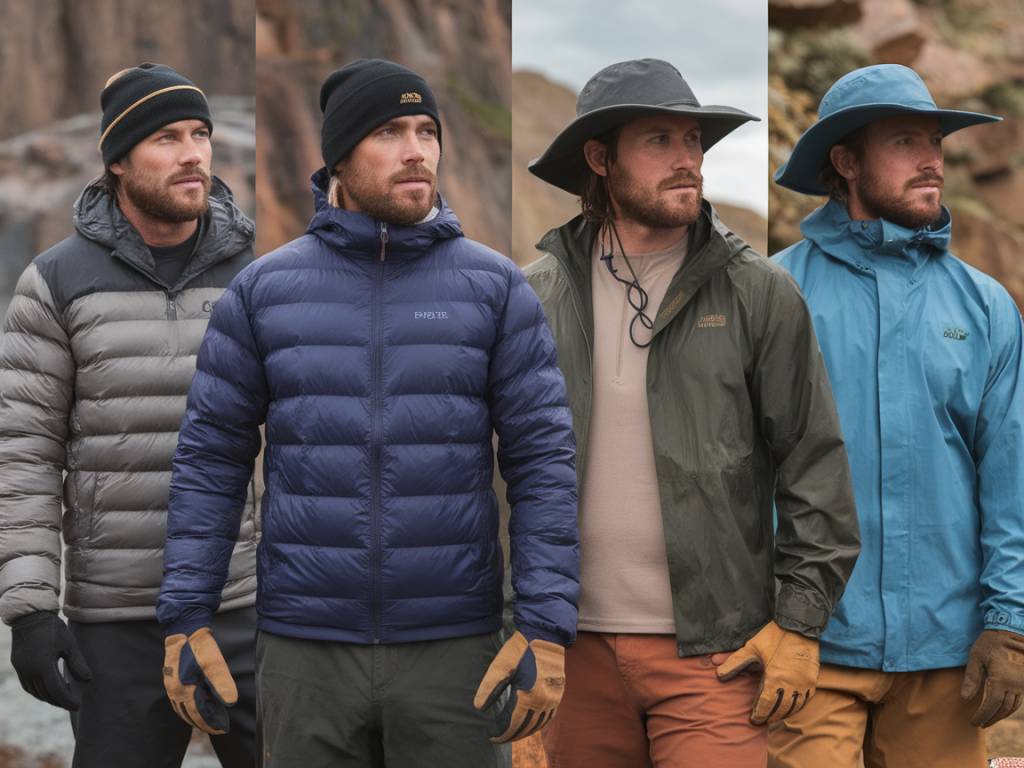 How to choose the right adventure clothing for every climate
How to choose the right adventure clothing for every climate